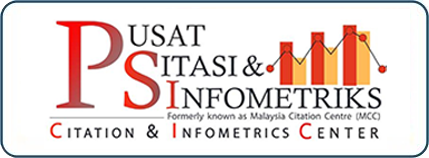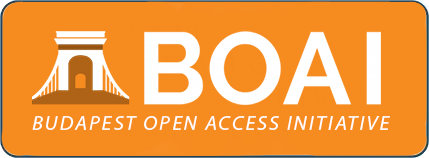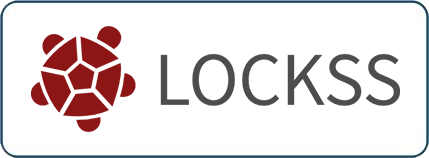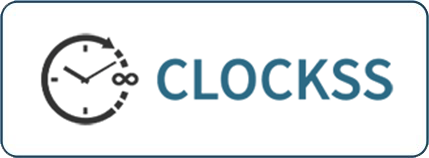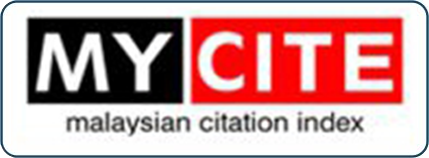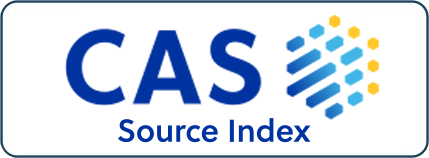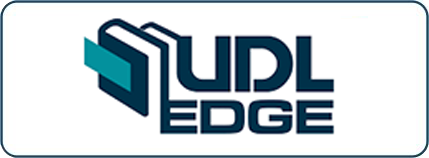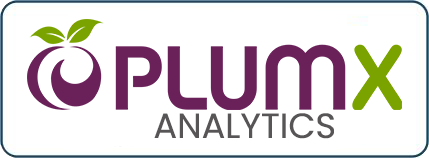The Planning Process of “RE: THINK” Waste Mobile Application
DOI:
https://doi.org/10.33102/mjosht.385Keywords:
Waste, Application, Recycling, Reuse, Sustainable, EnvironmentAbstract
This paper presents the development and planning of “Re: Think,” a mobile application designed to simplify recycling for consumers. Despite widespread awareness, recycling rates in Malaysia remain low, with many individuals still discarding waste without proper separation. As the population continues to grow by approximately 600,000 people annually (2.4%), waste generation is expected to increase significantly. To address this issue, “Re: Think” leverages the accessibility of smartphones to promote and facilitate recycling practices. The application collaborates with accredited recycling facilities, allowing users to easily locate nearby centres, schedule waste drop-offs, or request doorstep collection services. This feature particularly benefits older adults and persons with disabilities who may face challenges in transporting recyclable items. Furthermore, the app educates users about recyclable materials and offers incentives to encourage consistent participation in recycling activities. The development of “Re: Think” followed the Waterfall methodology, which structures the process into sequential phases; analysis, design, implementation, and testing, ensuring that errors are identified and corrected early in the development cycle. The system design focused on creating a user-friendly interface to enable smooth navigation and quick access to recycling options. On the back end, the application integrates with verified recycling centres to provide real-time updates on collection schedules, facility availability, and recycling activity records. The “Re: Think” application contributes to sustainable waste management by connecting individuals and recycling organisations in a streamlined digital platform. By making recycling more convenient, accessible, and rewarding, the app encourages behavioural change and promotes environmental awareness. Ultimately, “Re: Think” has the potential to reduce waste generation, enhance community participation, and strengthen the nation’s move toward sustainable and responsible waste management practices.nt.
Downloads
References
Astroawani.com, https://www.astroawani.com/berita-malaysia/amalan-kitar-semula-masih-rendah-halangan-capai-sasaran-40-peratus-menjelang-2025-351459
“Sustainable development goals: United Nations Development Programme,” UNDP, https://www.undp.org/sustainable-development-goals/responsible-consumption-and-production
Li, C.H.; Lee, T.T.; Lau, S.S.Y. Enhancement of Municipal Solid Waste Management in Hong Kong through Innovative Solutions: A Review. Sustainability 2023, 15, 3310. https://doi.org/10.3390/su15043310
Rancakkan Kembali Kempen Kitar Semula Urus sisa pepejal, https://www.bharian.com.my/rencana/komentar/2023/03/1070663/rancakkan-kembali-kempen-kitar-semula-urus-sisa-pepejal).
H. Y. Lee, V. T. Leung, and Y. W. Kwok, “Synergy of the municipal solid waste (MSW) charging scheme with different strategies for Food Waste Recycling in Hong Kong,” E3S Web of Conferences, vol. 379, p. 02001, 2023. doi:10.1051/e3sconf/202337902001
P. Kr. Chopdar, N. Korfiatis, V. J. Sivakumar, and M. D. Lytras, “Mobile shopping apps adoption and perceived risks: A cross-country perspective utilising the unified theory of acceptance and use of Technology,” Computers in Human Behavior, vol. 86, pp. 109–128, 2018. doi: 10.1016/j.chb.2018.04.017
P. Nowakowski and T. Pamuła, “Application of deep learning object classifier to improve e-waste collection planning,” Waste Management, vol. 109, pp. 1–9, 2020. doi: 10.1016/j.wasman.2020.04.041
Badrul Kamal Zakaria, Ada Pengetahuan Kitar Semula Tapi kurang Diamalkan - Bee Yin | berita ..., https://www.bharian.com.my/berita/nasional/2019/02/527224/ada-pengetahuan-kitar-semula-tapi-kurang-diamalkan-bee-yin
B. Yeboah Antwi and A. Ofori-Nyarko, “A prefatorial view of solid waste management.,” Solid Waste Management - Recent Advances, New Trends and Applications [Working Title], 2023. doi:10.5772/intechopen.1002660
Y. D. Aling, “Oku Tidak Pernah dipinggirkan - PM,” Harian Metro, https://www.hmetro.com.my/mutakhir/2021/12/784569/oku-tidak-pernah-dipinggirkan-pm
“Mampukah Plastik sifar 2030?” Sinar Harian, https://www.sinarharian.com.my/article/201013/berita/nasional/mampukah-plastik-sifar-2030
A. Kassab, D. Al Nabhani, P. Mohanty, C. Pannier, and G. Y. Ayoub, “Advancing Plastic Recycling: Challenges and opportunities in the integration of 3D printing and distributed recycling for a circular economy,” Polymers, vol. 15, no. 19, p. 3881, 2023. doi:10.3390/polym15193881
E. A. Omondi, “E-plastic waste: A review of waste stream management challenges and opportunities for Environmental Sustainability,” International Journal of Environmental Sciences & amp; Natural Resources, vol. 32, no. 4, 2023. doi:10.19080/ijesnr.2023.32.556343
S. H. Bidin and Oleh, “Peranan Semua pihak Martabatkan Bahasa kebangsaaan,” MalaysiaGazette, https://malaysiagazette.com/2022/10/15/peranan-semua-pihak-martabatkan-bahasa-kebangsaaan/
“Download our app,” Recircle, https://www.recircle.com.my/
Kitarecycle, http://kitarecycle.com/
Trash4cash - link in bio & creator tools | beacons, https://beacons.ai/trash4cash
RIIICYCLE, https://www.riiicycle.com/
“Jabatan Alam Sekitar |,” Jabatan Alam Sekitar, https://ewaste.doe.gov.my/
D. Naga Malleswari, M. Pavan Kumar, D. Sathvika, and B. Ajay Kumar, “A study on SDLC for waterfall and agile,” International Journal of Engineering & amp; Technology, vol. 7, no. 2.32, p. 10, 2018. doi:10.14419/ijet.v7i2.32.13516
“What can and can’t be recycled,” NetWaste, https://www.netwaste.com.au/recycle-it/what-can-be-recycled/
I. A. Jereme, C. Siwar, R. A. Begum, and Md. M. Alam, An assessment of waste management operation in Malaysia: Case study on Kuala Langat and Sepang, 2019. doi:10.31235/osf.io/thz68
Downloads
Published
Issue
Section
License
Copyright (c) 2025 Nurul Natasha Ismail, Nurdiana Azizan, Abdalslam S. Imhmed Mohamed

This work is licensed under a Creative Commons Attribution 4.0 International License.
The copyright of this article will be vested to author(s) and granted the journal right of first publication with the work simultaneously licensed under the Creative Commons Attribution 4.0 International (CC BY 4.0) license, unless otherwise stated.

